Xbox Game Accessibility Features tags are a vital "first step" – and more storefronts should do the same
Xbox Game Accessibility Features tags are an important "first step" in helping players find games they can play
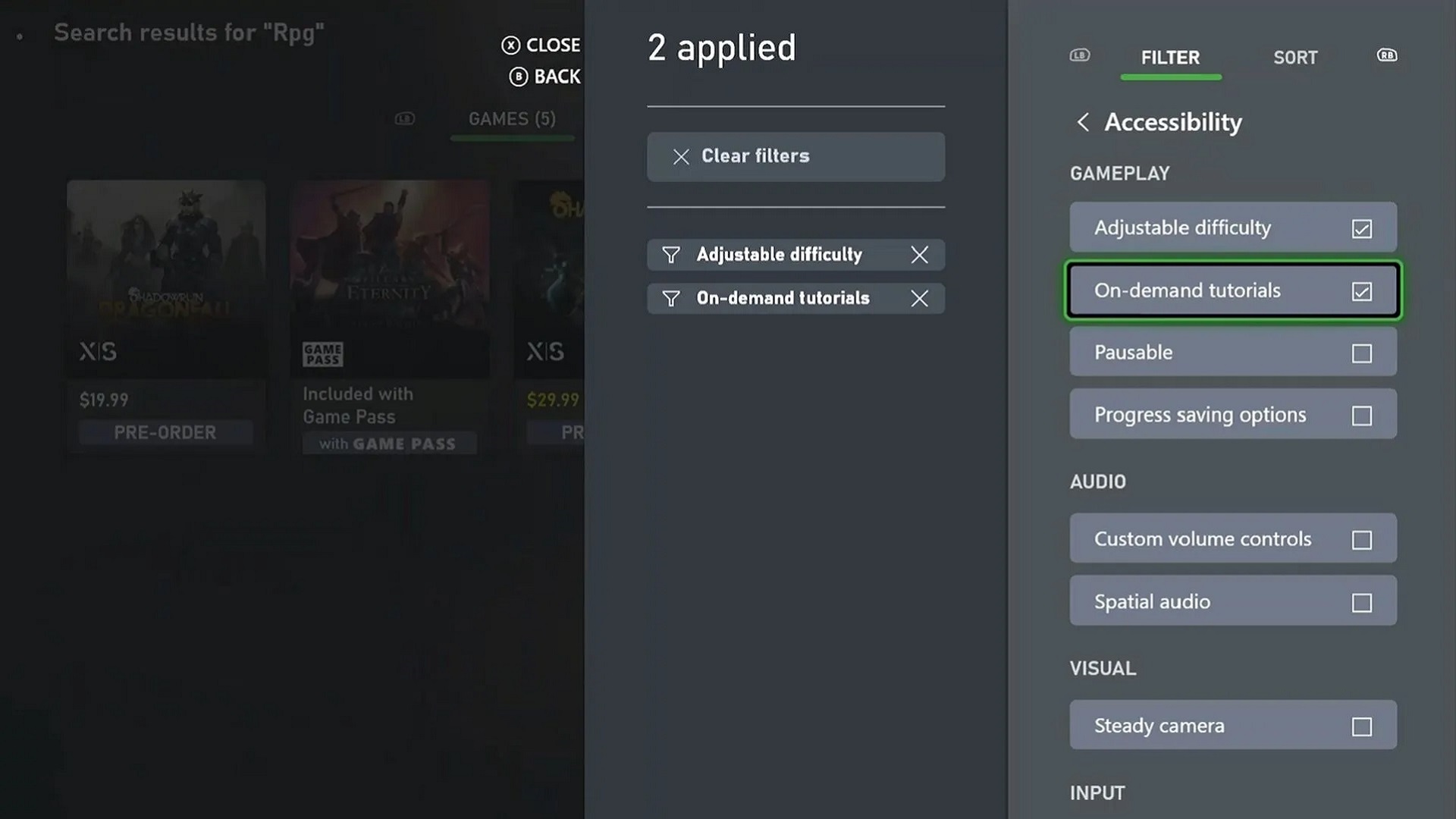
A little over a year ago, Xbox announced the addition of Game Accessibility Features tags to the Microsoft store. The tags can be used to filter storefront searches with specific accessibility features – from customized volume options to input features like full keyboard support, no quick time events, or single stick gameplay – to make it easier for players to find and discover games they can play. Collaboration with the gaming and disability community and user research has played a vital role in defining what accessibility features are listed, but as Xbox director of accessibility Anita Mortaloni explains, feedback and conversations with the community were integral to bringing the tags to the storefront in the first place.
"The Game Accessibility Feature Tags were added to address one of the most frequent questions we’d get from players, which was: 'What game can I play?'", Mortaloni says. "It can be incredibly frustrating for players to buy a game, only to find minutes or even seconds into it that they can’t play it due to a missing and necessary accessibility feature, or to get to the final boss fight, only to find they cannot beat it because of one barrier or another. With the Game Accessibility Tags, we wanted to make it easy for players to find the next game they will love and can play."
Now, a year on since launching on the Microsoft store for Xbox, the very presence of tags marks a necessary step forward for accessibility in games. Moreover, it also speaks to the need for more storefronts to adopt a feature like it – and how important feedback and collaboration is to this end.
Working together
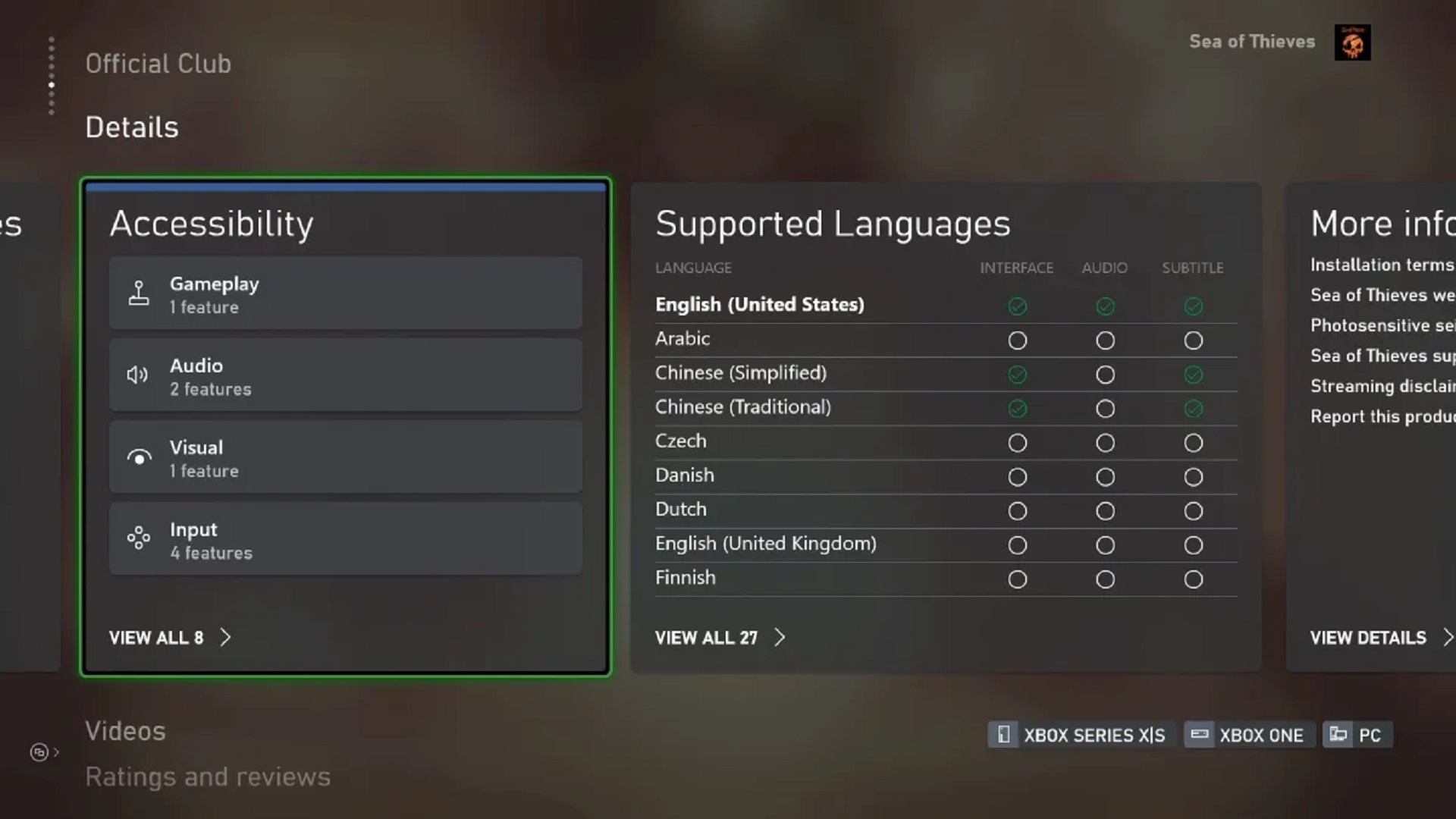
Mitigating these frustrations is what makes accessibility features tags so important, says editor-in-chief, founder, and mobility editor of Game Accessibility Nexus, Antonio Ignacio Martínez. "I think this is a very important feature, and it's something that has been requested by the disability community for a long time. Because there is nothing more frustrating than going to buy the game because you have been watching videos and hearing about it, your friends are going to play, but you don't know if you can play the game. I love the game. I love what I'm seeing. But I don't know if I can play the game."
"Maybe it has quick time events, maybe I cannot remap my controls. Maybe it does have subtitles, but I cannot change the size. So I don't know if I should buy the game. That's the first problem. And then if you get over that uncertainty and buy the game, you might find out that the game is not accessible for you. Which would create frustration, sadness, and the problem of having to refund the game. That problem would be eliminated thanks to these tags, I mean, not fully, but for the most part, because now you have the information."
As Martínez highlights, the tags are a great addition for everyone, and can act as a "first line of information" for players when it comes to finding and purchasing games with accessibility features. Martínez believes that a feature like the Xbox tags should be on all storefronts, and notes that seeing tags on a platform like Steam – which has tens of thousands of games – could make the search for games less frustrating. While Steam pages include details on controller support, PC requirements, and a game description, Martínez says that something as simple as knowing keys can be remapped on different titles can make a big difference. He continues: "It's important for everyone, but as someone with a disability it's especially important that you can have confidence in knowing, oh, this game looks cool. I love the description, this is exactly what I want to play. But I don't know if I can play the game."
"You can go to the forums and ask. Sometimes the replies are going to be useful, but other times, they are going to be toxic. And we shouldn't be having to expose ourselves to toxicity from a minority of players because we asked if this feature is present in the game. The developers are never toxic. But sometimes they don't have the time and the resources to check all the questions and answer them. I understand that. So the input of other players is important, because they are already playing the game, for example, but if they are not being helpful and being toxic… well, I don't get anything, I've lost my time, and I've probably gotten frustrated with that community."
Sign up to the GamesRadar+ Newsletter
Weekly digests, tales from the communities you love, and more
Collaboration
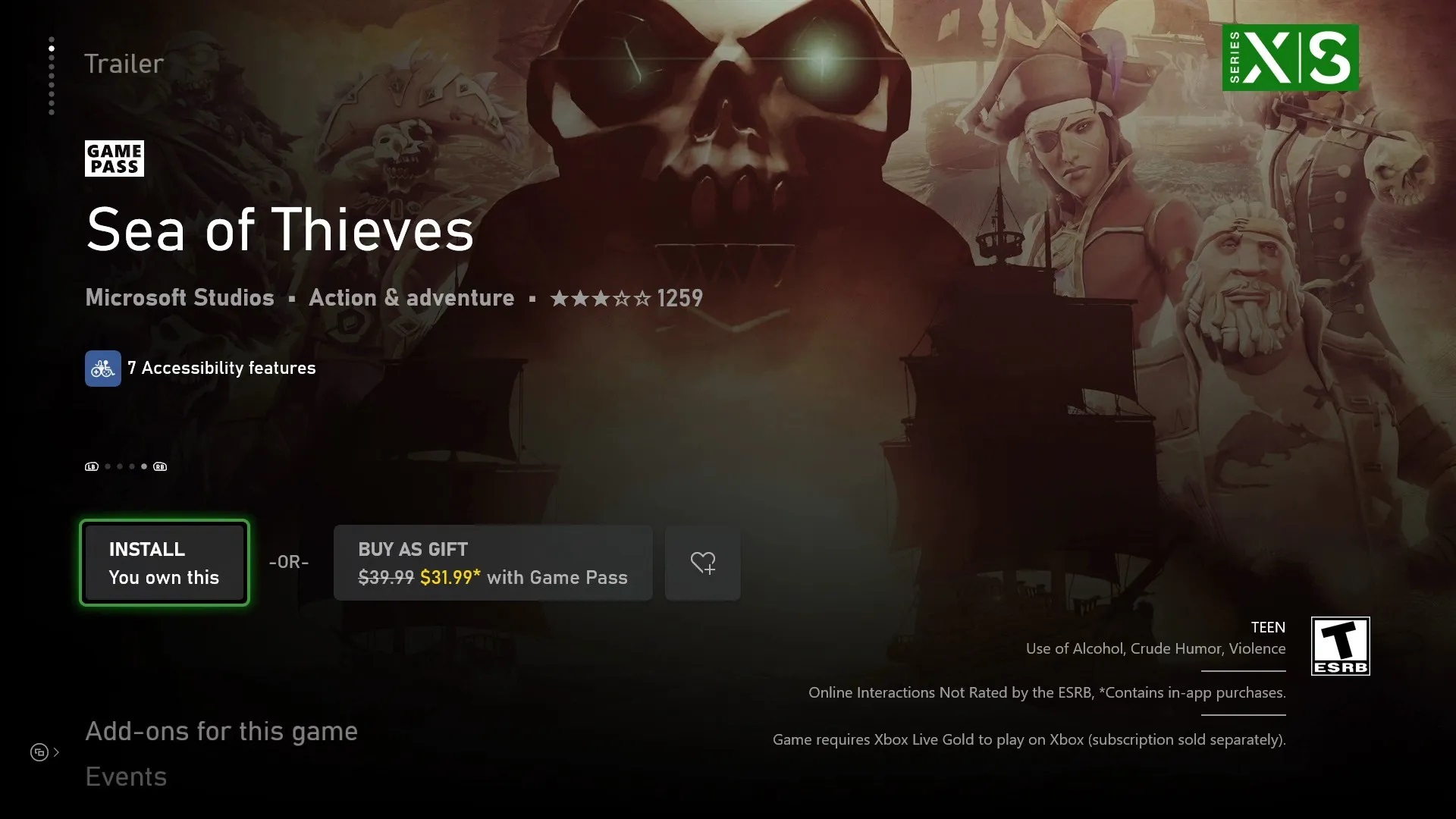
Feedback from the community leading to the introduction of the tags shows there's a need and desire to see such a feature on storefronts, but the tags themselves also highlight just how important transparency is when it comes to the accessibility options in games. In recent years, we've started to see more developers and publishers release information about accessibility options that are available in upcoming releases or launched titles. Most recently, for example, we've seen blog posts on accessibility features in the likes of God of War Ragnorok prior to release, and sites for big industry publishers like Xbox and PlayStation have sections covering accessibility features too.
But the tags are a great "first step" in helping players find games they can play, as Martínez says, alongside dedicated sites such as Game Accessibility Nexus and Can I Play That, which offer insight into accessible options with accessibility reviews from writers using the features themselves. To complement the tags on the Xbox storefront, some games can also include links to an accessibility page, which will take you to the Family Gaming Database – a website dedicated to helping parents and guardians gain a better understanding of video games, and find games for themselves and their children to play. Run and founded by Taming Gaming author and journalist Andy Robertson, the family-focused site now also has an extensive accessibility dataset that allows visitors to search for and filter games with accessibility features and find accessibility reports that rundown what features are included in a particular game.
"Accessibility was always going to be in our future," Robertson says of the website, which was created back in 2020. "Once we had said games are really important, and we need to help parents find great games, and we don't want to exclude anyone, then it is inevitable that in that ambition, you hope to help people get over that barrier of accessibility as well."
With an extensive amount of data points on accessibility in video games, developers can fill out an accessibility questionnaire for the Family Gaming Database to help validate the dataset. The developer can then include the site on their Xbox Store page so players can see a more in-depth rundown of the accessibility features the game includes. While the Xbox Accessibility Features tags are still somewhat limited, Robertson says they're a great jumping off point.
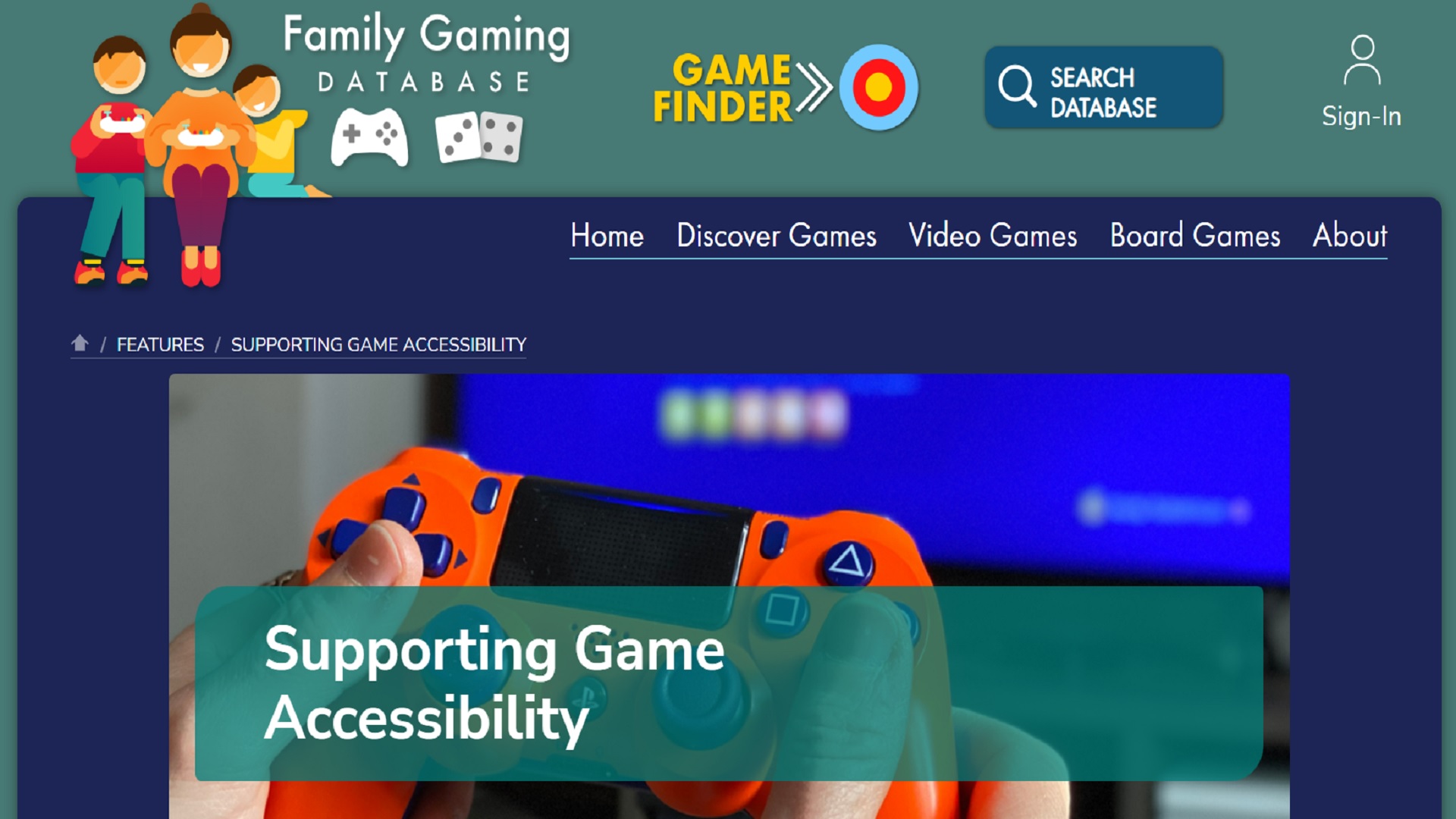
"I think that [Xbox Accessibility Features tags] are very useful to get you started. And so I think what happens is, you find those games that are good from an Xbox perspective, and then if you want more information, you can then check our database. That kind of collaboration [with Xbox] has been really important. We're not trying to compete. We're trying to complement each other in terms of what we offer."
"There's been a helpful open conversation to say: here's your tags, how do they relate to ours? And behind the scenes, I'm looking into if they've tagged something in a certain way, checking our data matches. And if it doesn't, what's the nuance here? In broad terms, the two things have complemented each other. And a lot of that has been because they've [Xbox] been so helpful with their clear information, but also up for conversations about it, and being willing to let their publishers link to our data, and vice versa."
It's clear from speaking to Robertson that there's a real need for this kind of data, especially when it comes to helping players search for games that have accessibility features, and it's something that will always be needed as the industry continues working towards greater accessibility in games.
Robertson adds: "I think this will become a necessity for all storefronts. I think there'll be value in our data and in this kind of data for those kinds of organizations. I think it will increasingly seem strange if you have 'here's our games', but you can't filter by subtitles or whatever. And so I'm hoping and open to collaborating with those organizations that have storefronts – which are everywhere from smart TVs to your Switch to the Epic Store – to improve both the information for families in terms of ratings, but also more in depth information for accessibility."
A part of the conversation
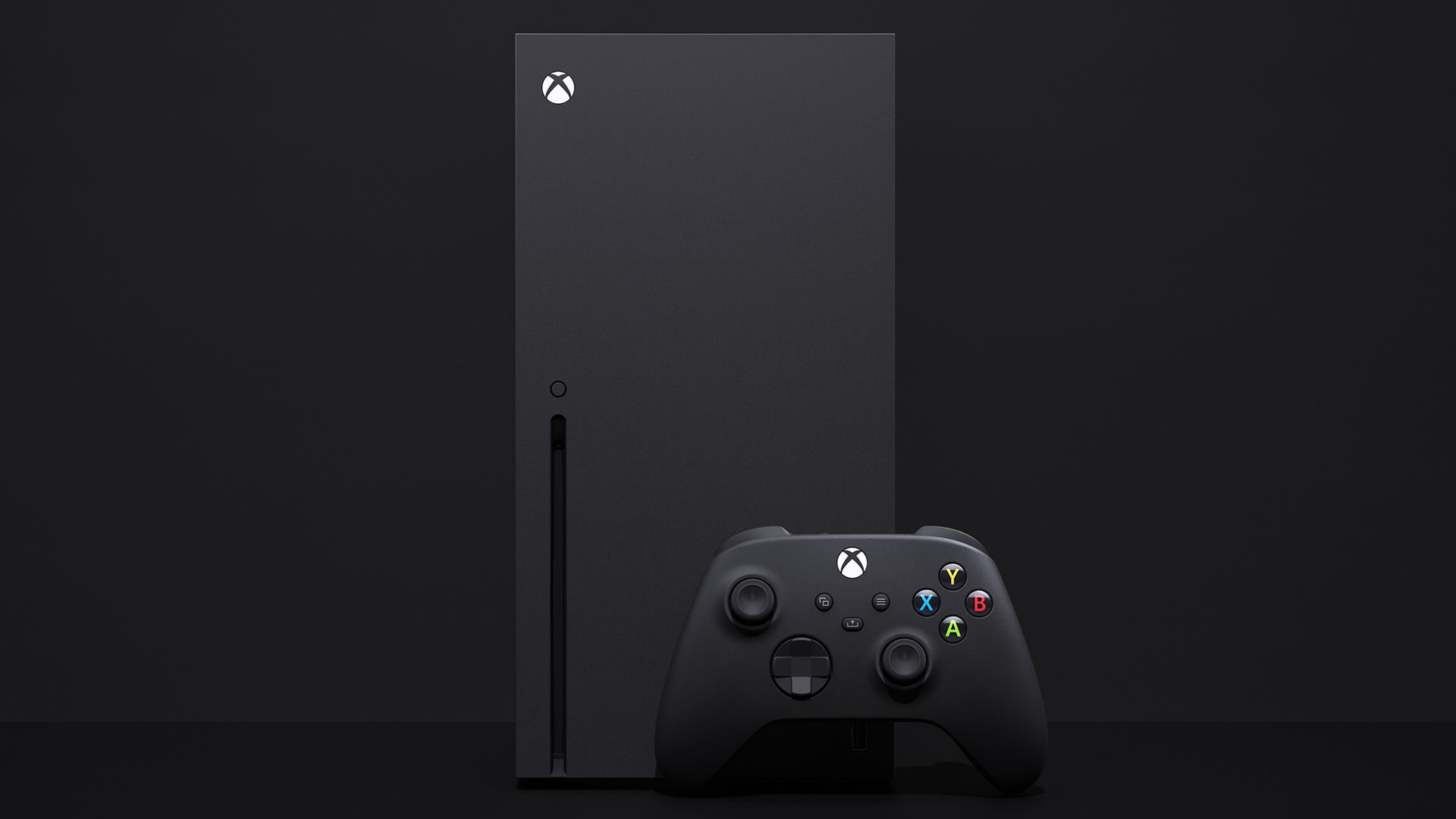
Clearly, the Xbox Game Accessibility Features Tags speak to the importance of collaboration and a willingness for big publishers in the industry to have open conversations about how they can help players find the games they can play. And just as feedback brought the tags to the Xbox store, it also continues to play a vital role, with improvements that have since been added as a result since the tags initially launched in November last year.
"[The tags] need refinement, they need to add more stuff," Martínez says, "But [Xbox] are doing it very slowly, I think, because they know very well that if they rush it, if they start implementing a lot of accessibility tags, it might be confusing, overwhelming, they want to get probably the feedback about, 'okay, so what do you think about this?', because Xbox has always been a publisher that works not for the community, but with the community. And that shows; they don't do anything that is going to be a problem for the community. And that is something that I think is very valuable."
With plans to continuously improve, update and/or expand accessibility features in the future based on community and industry feedback, Mortaloni says many of the improvements that the team at Xbox have added have been mostly "centered around making them easier for players to use". One example, for instance, is the addition of a "sort, and then filter function" that has been added this year to "help players more easily find games that meet their specific accessibility needs".
"Other key improvements we have made was adding the validation of accessibility feature tags to the Microsoft Gaming Accessibility Testing Service (MGATS)," says Mortaloni, "allowing developers and publishers to know which tags within their title already meet our accessibility criteria and which ones they are close to achieving."
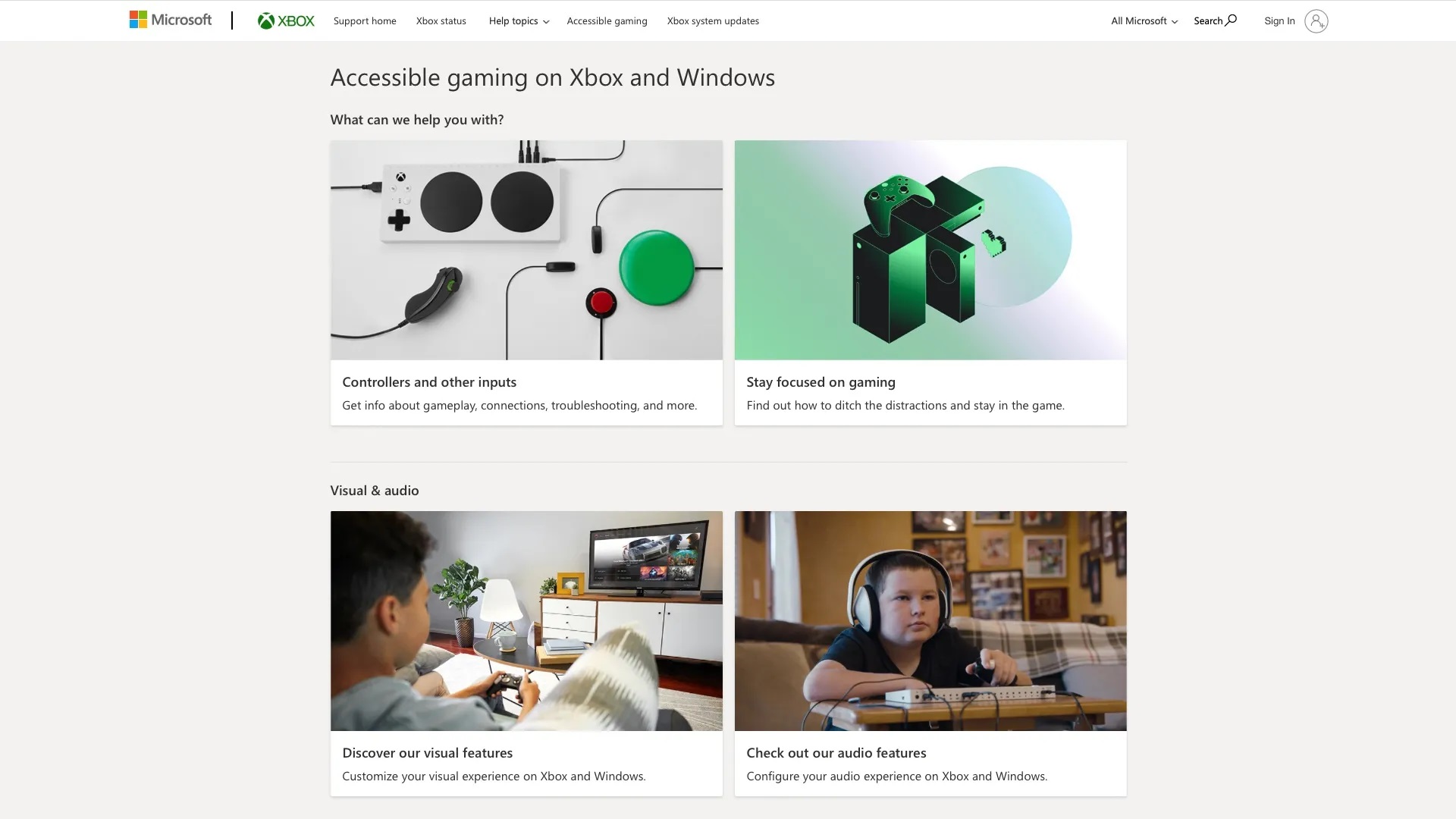
"We’ve had so many players share just how positive the tags have been for them and their gameplay. That in itself has been so rewarding and really shows that accessibility is important and something we all need to continue to invest in."
Anita Mortaloni
Ultimately, Xbox is continuing to strive to make it easier for players to find games they can play and enjoy, and highlight what features can be found among the titles in its game library. But, more importantly, as Mortaloni explains, the addition of the tags also proves how crucial it is to listen to the player community and invest in accessibility.
"The impact of accessibility feature tags has been wonderful," Mortaloni says. "Not only do they make it easier for players to find games that meet their needs and allow developers to reach more players, they also highlight to the industry what can happen when you listen to players, identify a problem or barrier they may face (in this case, how to know which game they can play), and then work to provide a solution. We’ve had so many players share just how positive the tags have been for them and their gameplay. That in itself has been so rewarding and really shows that accessibility is important and something we all need to continue to invest in."

I started out writing for the games section of a student-run website as an undergrad, and continued to write about games in my free time during retail and temp jobs for a number of years. Eventually, I earned an MA in magazine journalism at Cardiff University, and soon after got my first official role in the industry as a content editor for Stuff magazine. After writing about all things tech and games-related, I then did a brief stint as a freelancer before I landed my role as a staff writer here at GamesRadar+. Now I get to write features, previews, and reviews, and when I'm not doing that, you can usually find me lost in any one of the Dragon Age or Mass Effect games, tucking into another delightful indie, or drinking far too much tea for my own good.


